Cak Durasim and his Ludruk troupe frequently appeared on radio broadcasts starting around 1939, and they began gaining national fame through their Ludruk performances broadcasted nationwide, thanks to their plays and comedy sketches that resonated with the public. The Surabayan-style humor became a hallmark of the Ludruk Durasim group. However, in its early days, as noted in a report from the magazine Soeara Niroem, creating playwright scripts was quite challenging. Despite this, they successfully drew upon literary works published by Balai Pustaka and found inspiration from their surroundings as their main sources (Soeara Nirom 1939). On the other hand, activities before the 1939 period were less associated with radio broadcasts, as recorded in Soeara Niroem.
The year 1929 marked the earliest recorded performances of Cak Durasim’s Ludruk group, and he did not perform alone but collaborated with other troupes, such as the Genteng Ludruk troupe (Swara Publiek 1929). Their performances in Gresik were not a one-time event; rather, Durasim and his Ludruk group held several shows there (De Indische Courant 1938). Night markets played a significant role in the Ludruk troupe journey of Cak Durasim. In Surabaya, two night market locations were mentioned: the Surabaya Night Market (Jaarmarkt) and the National Night Market (Panjebar Semangat 1935; Soeara ’Oemoem 1937). The local residents of Surabaya eagerly welcomed these performances, flocking to the venues because they found the humor both entertaining and deeply moving (Panjebar Semangat 1938a).
The Indonesian National Building (G.N.I.) was abuzz with participants debating the validity of information in an article published by the Soeara Oemoem newspaper titled “The Difference Between Mecca and Digoel.” Among the 3,500 attendees were Arab individuals; the situation became so chaotic that the police almost dispersed the event. Later that evening, the commotion grew even louder. Then, Cak Durasim appeared at the entrance, and the debate participants warmly welcomed him, inviting him to join the discussion session (Bintang Timoer 1930). This news from Bintang Timoer about the public debate at G.N.I. highlights Durasim’s involvement in public discourse.
In addition to nationalist/anti-colonial activities organized by indigenous groups, G.N.I. also served as a cultural hub, hosting performances such as wayang orang (traditional Javanese theater). However, by around 1937, cultural activities and performances at G.N.I. had dwindled, leaving the venue eerily quiet. To revive the atmosphere, Durasim and his Ludruk group took the initiative to bring the G.N.I. back to life. Their efforts successfully drew in many local residents, who thoroughly enjoyed the performances by Durasim and his group. The lively atmosphere prompted G.N.I. management to plan regular Ludruk performances every night (Soeara Oemoem 1937).
Durasim’s artistic activities were frequently documented in local newspapers between 1929 and 1938. Key nodes of Durasim’s movements and artistic pursuits were spread across several locations, such as the Surabaya Night Market (Jaarmarkt), Gresik Night Market, National Night Market, Grogol village, and G.N.I. Grogol village in Surabaya was a regular venue for his performances, held nightly at 8 PM with a variety of cultural and artistic activities (Sin Tit Po 1931). Both Ludruk performances and public debates were historically recorded, providing archival evidence of Durasim’s legacy. Unlike the later Durasim (1) article, which focused on his radio broadcasts, his activities before 1939 were predominantly live performances. This period marked a crucial phase in the early development of Ludruk art, as numerous plays and comedic sketches were documented in the Panjebar Semangat newspaper between 1935 and 1938.
Panjebar Semangat: Documenting the Early Development of Ludruk
Fragments of plays and comedic sketches from the early development of Ludruk are scattered throughout the columns of Panjebar Semangat. Several key columns recorded these fragments, marking significant historical notes in the evolution of Ludruk art. Among the notable columns featuring Ludruk plays and sketches from this early period are Leloetjon and Sinambi Kalane Nganggoer (Panjebar Semangat 1935a). This Javanese-language newspaper, written in a mix of informal and refined styles (ngoko-alus), provides historical evidence of the discourse surrounding Ludruk performances.
The Sinambi Kalane Nganggoer column often presented Ludruk plays in script form, with recurring names such as Cak Durasim, Seboel, Man Djamino, Tjak Besoet (read: Cak Besut), Santinet, and Siti Asmoenah frequently appearing in its content (Panjebar Semangat 1935a, 1938c, 1938b). These six figures consistently surfaced in both conversations and Ludruk play scripts.
The plays featured in Sinambi Kalane Nganggoer employed a range of linguistic styles and tackled contemporary issues of the time. Dutch, for instance, was often used to refer to government office terminology and metaphors in the scripts of Ludruk performances during this period. Furthermore, popular issues of the era were sometimes incorporated into the scripts. One example is a play titled Darmawisata, which depicted a comparison of the vacation habits of Javanese aristocrats (priyayi) and Americans.
“Wong-wong ing Amerika jen nganakake darmawisata malah nganti ngideri donja, ndeleng kaendahaning boewana… (Panjebar Semangat 1937)”
(people in America go on excursions that take them around the world, exploring the beauty of the earth…)
In this play, the white collar priyayi class is compared to Americans. Their busy lives in office jobs needed to be balanced with vacations to refresh both body and mind. The narrative in this play script reflects the worldview of the priyayi class, closely tied to the movement led by Dr. Soetomo, which also represented the emerging priyayi class (Frederick 1989).
Cak Durasim and his Ludruk group had a strong connection with nationalist movements centered at the G.N.I., such as Dr. Soetomo’s initiatives. This relationship highlighted a consolidation between artistic and political activities during the early development of Ludruk art. Cak Durasim frequently engaged with study clubs and the Panjebar Semangat newspaper, founded by Dr. Soetomo (Cohen 2016). The close ties between Durasim and nationalist movements significantly influenced the narratives he created for Ludruk. This is evident from the numerous fragments of comedic sketches, plays, artistic activities, and Durasim’s political involvement at G.N.I. during 1929-1938. However, during this period, Durasim’s plays and sketches did not yet carry anti-colonial or resistance themes; they primarily responded to everyday phenomena or drew inspiration from Balai Pustaka’s fictional works.
On the one hand, Durasim became renowned for his death during the Japanese colonial era due to his satirical works. On the other hand, during the Dutch colonial period, global culture, including Dutch idioms and world issues, intertwined with the essence of Ludruk art. As an art form, Ludruk was a product of its time, deeply connected to the historical context of the Dutch and Japanese colonial periods. Before his death, Durasim continued to develop new forms of art, rooted in the traditions of Lerok and Besut performances (Supriyanto 2018). Residues of Besut traditions can still be seen in the dialogues appearing in Panjebar Semangat newspapers, including characters like Besut, Djamino, and Asmunah. Even the iconic red fez of Besut was noted in several historical descriptions of Cak Durasim (Cohen 2016).
To summarise, Durasim’s activities were deeply intertwined with the nationalist and anti-colonial movements during Dr. Soetomo’s era, as recorded in historical fragments and newspaper columns. The early development of Ludruk art during this period was marked by live performances (nobong) and Durasim’s political engagements at G.N.I. The years 1929-1938 represent a formative phase in Ludruk’s narrative development.
Bibliography
Bintang Timoer. 1930. “Openbare Debat vergadering Gadoeh Dan Dibubarkan.” Bintang Timoer, August 28.
Cohen, Matthew Isaac. 2016. Inventing the Performing Arts: Modernity and Tradition in Colonial Indonesia.
Frederick, William H. 1989. Pandangan Dan Gejolak Masyarakat Kota Dan Lahirnya Revolusi Indonesia (Surabaya 1926-1946). Jakarta: Gramedia.
De Indische Courant. 1938. “Kermis-genoegens.” De Indische Courant, August 6, 4.
Panjebar Semangat. 1935a. “Ja Ikoe Sing Tak Goleki!” Panjebar Semangat, December 7, 10.
Panjebar Semangat. 1935b. “Tjak Doerasim….!” Panjebar Semangat, October 26, 16.
Panjebar Semangat. 1937. “Darmawisata.” Panjebar Semangat, December 18, 15.
Panjebar Semangat. 1938a. “Iki lo gambare tjak Doerasim…” Panjebar Semangat, October 1.
Panjebar Semangat. 1938b. “Pangoepadjiwa.” Panjebar Semangat, March 26, 15.
Panjebar Semangat. 1938c. “Selingan.” Panjebar Semangat, January 8, 15.
Sin Tit Po. 1931. “Bantoean Pada Gedong Nasional.” Sin Tit Po, August 28, 1.
Soeara Nirom. 1939. “–Loedroek Tjak Doerasim–Soerabaia. Lakon: ,,Pengaroehnja Senjoeman”.” Soeara Nirom, August 1.
Soeara ’Oemoem. 1937. “Doerasim teroes main.” Soeara Oemoem, July 13, 2.
Soeara Oemoem. 1937. “Loedroek Doerasim.” Soeara ’Oemoem, April 6.
Supriyanto, Henri. 2018. Ludruk Jawa Timur Dalam Pusaran Zaman. Malang: Beranda Kelompok Intrans Publishing.
Swara Publiek. 1929. “Harga Melawan.” Swara Publiek, March 19.


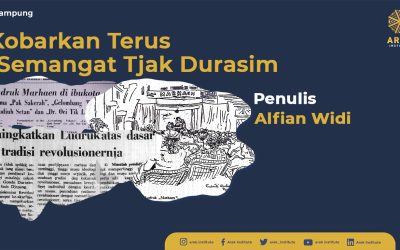
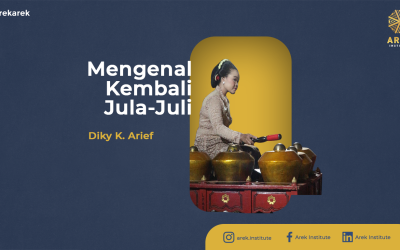
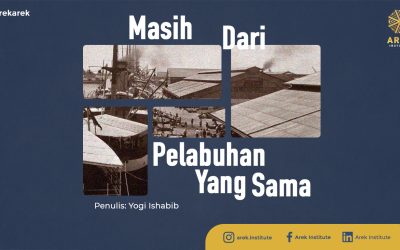
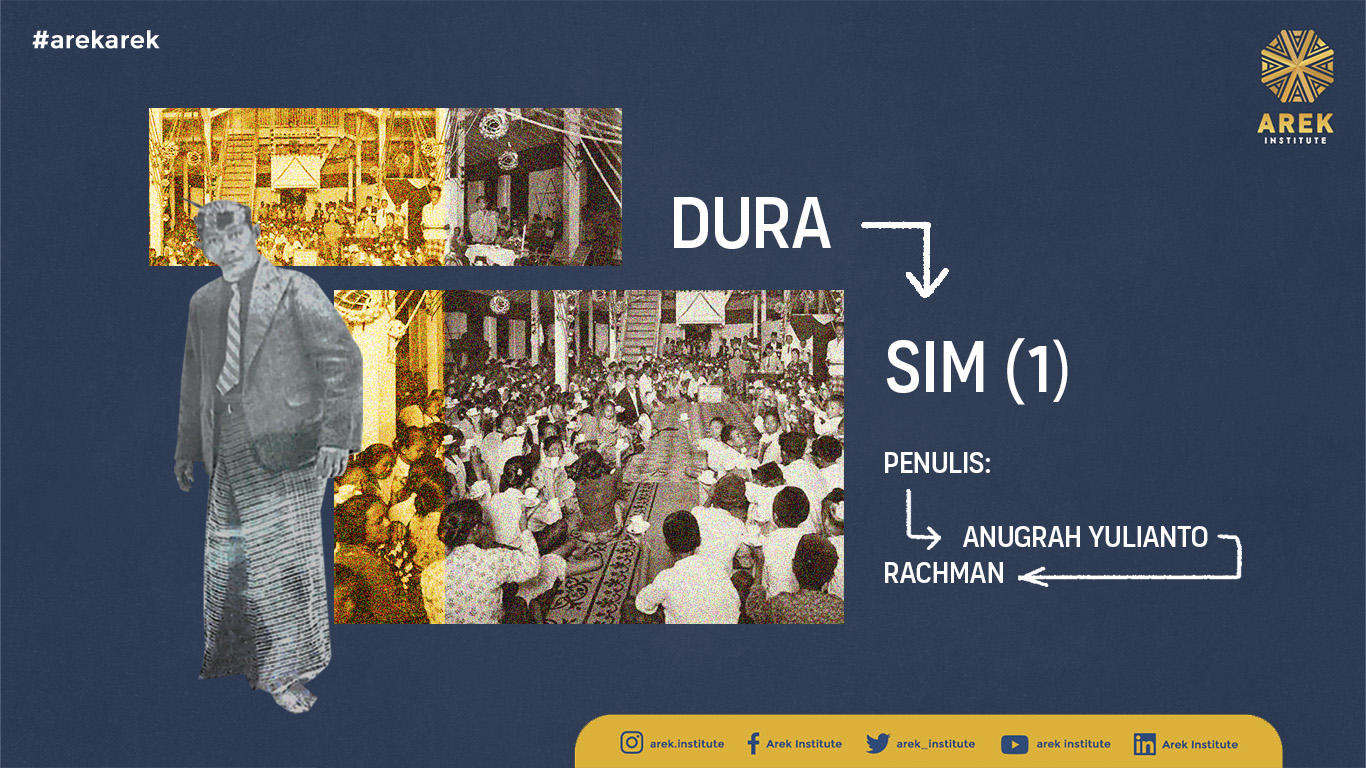
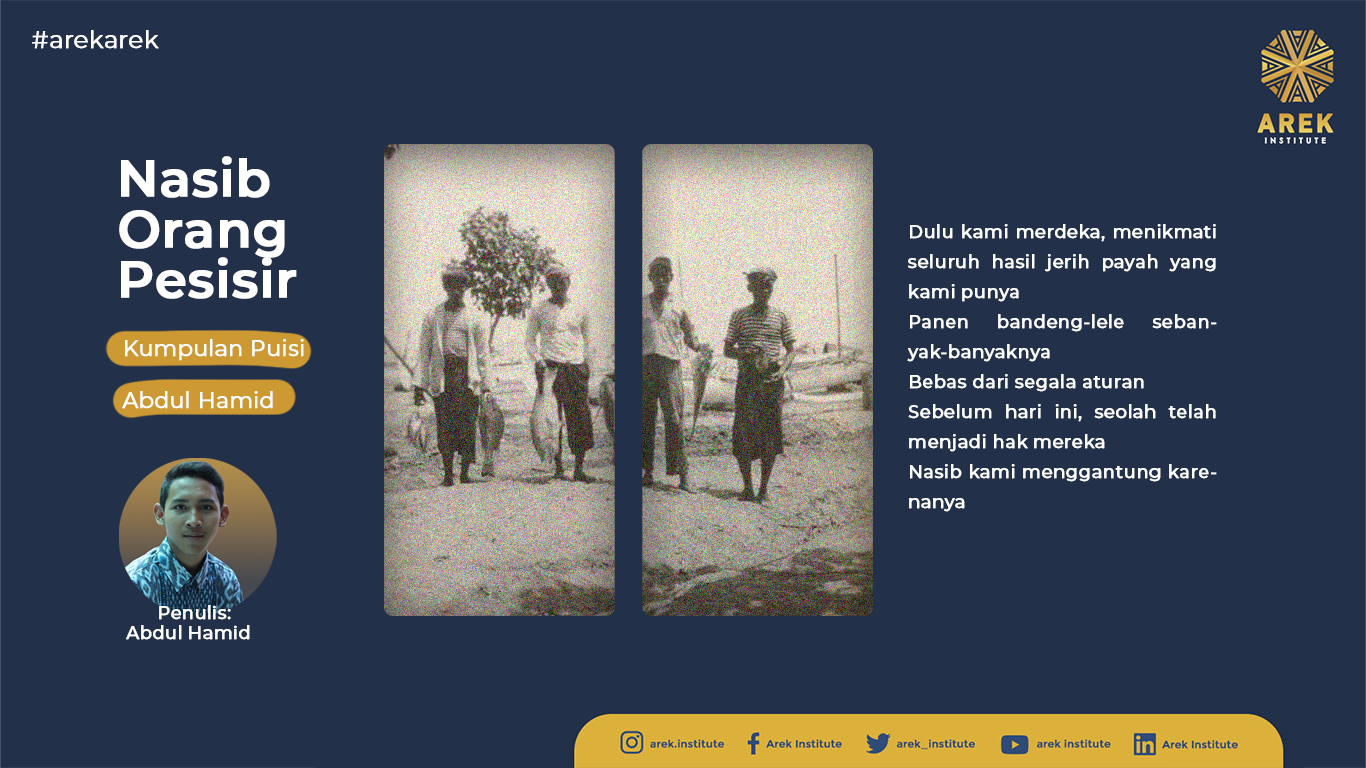
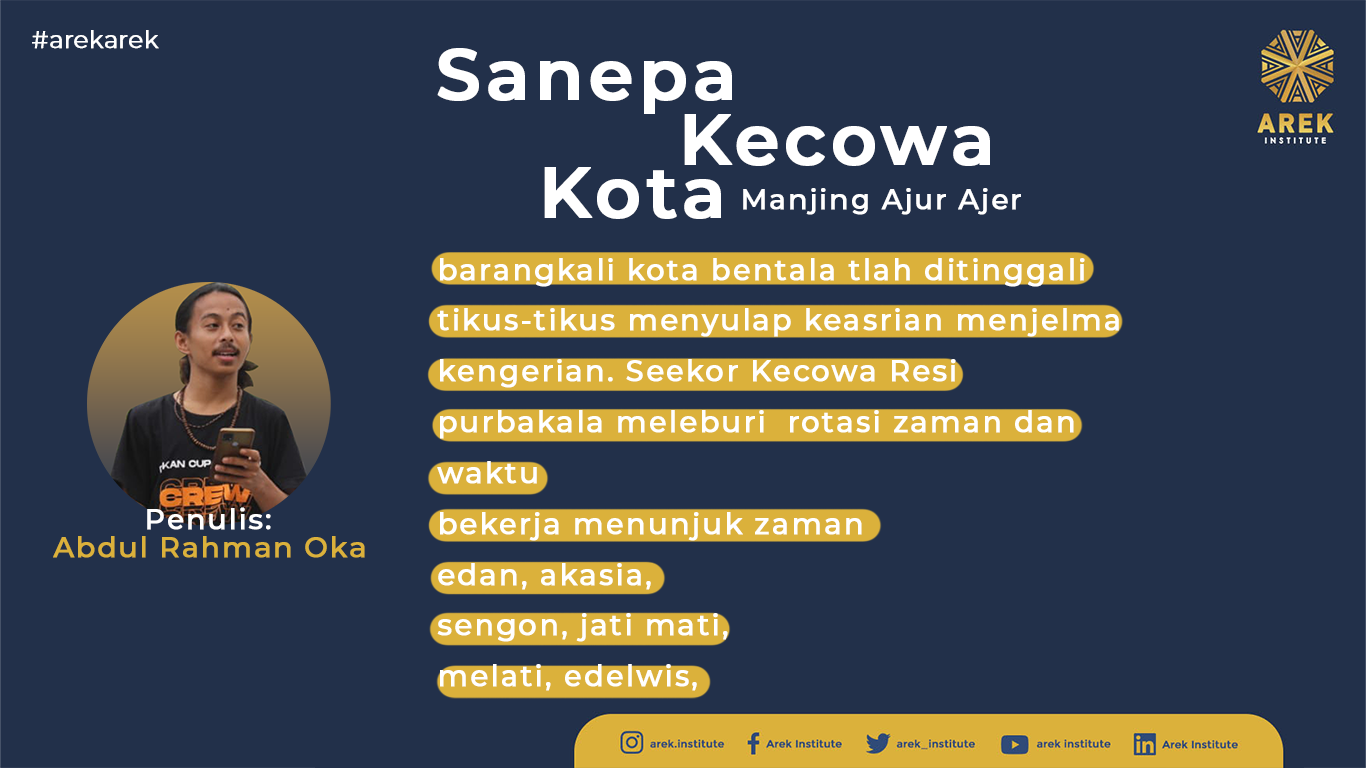
0 Comments